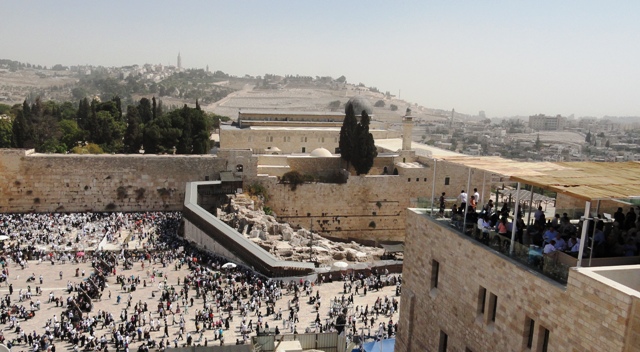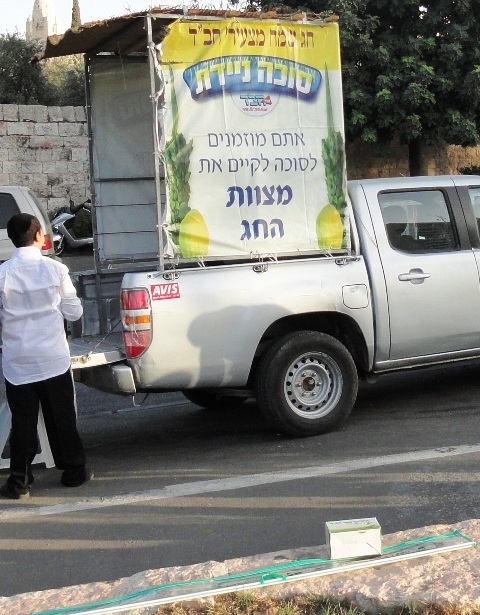Dear Angry Driver,
Please do not complain that you received a traffic ticket in Jerusalem
because you were on the light rail tracks when the light turned red.
For too many years, too many Jerusalem streets looked like this.
It is a big deal for us in Jerusalem to finally be able to get anywhere…
even though it may take still a very long time.
Luckily only one man has been seriously injured, in this area of the tracks…so far.
As you sit in your private vehicle, we are standing on the train without room to move,
that is, assuming that we can elbow our way inside.
For the first few months of operation the Light Rail train ride was free of charge,
but as of December 1, 2011, we get to pay for the privilege.
One has to get through the crowd to swipe their Rav-Kav card on this machine
before a roving inspector arrives to scan your card to check for payment.
Dear Angry Driver, there is also a large fine for those who haven’t paid their fare.
At least CitiPass employed a small army to help educate the suffering public,
most are ignorant about how to put money on those Rav-Kav plastic cards.
You must not remember the Jaffa Street of the last few years,
as the new Jaffa Street scene bears little resemblance to it.
But in constantly changing Jerusalem… this tranquil scene will not last for long.
This corner of King George and Jaffa Streets, which housed Sbarro before a
suicide bomber blew himself up murdering fifteen people, is slated for renovation.
The major construction mess of a multistory building will be upon us once again.
And Angry Driver…be happy you only got ONE ticket.
There are several locations in Jerusalem where teams of police
regularly wait and pull over car after car and ticket the drivers.
You didn’t see the one white car that got through with the taxis,
while both police officers were busy writing up tickets on each side.
Wonder if he had any idea of just how lucky he was?
Dear Angry Driver, maybe you could tell him?


















































